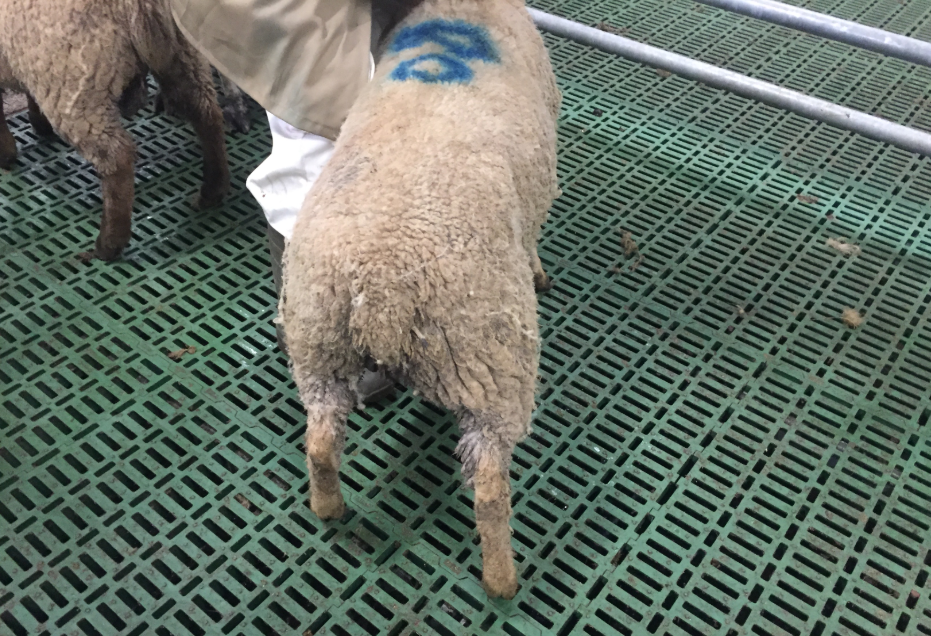Sheep farmers: Be mindful of the Clean Livestock Policy
Over the past week, ground conditions have deteriorated, with heavy downpours of rain leading to paddocks becoming poached and also causing some sheep to become dirty.
This is particularly the case with outdoor store finishing systems and those grazing fodder crops.
This, in turn, has left sheep in danger of not meeting the Clean Livestock Policy regulations that were implemented in 2016 by the Department of Agriculture, Food and the Marine.
While it is understood that no factories have implemented clipping charges, one factory in particular, has noted that “vets are becoming active about dirty sheep”.
Clean Livestock Policy
The Clean Livestock Policy (CLP) for sheep was introduced in 2016 and it’s a three-category system. Under the policy, sheep are classified as being satisfactory (Category A), acceptable (Category B) or unacceptable (Category C).
It was introduced to “significantly improve performance in relation to the cleanliness of incoming sheep” to Department of Agriculture approved slaughter plants.

What can farmers do?
To help reduce the risk of sheep falling into the latter category – Category C – the department offers farmers the following advice:
In the gallery below, more examples are of Category A, B and C sheep are displayed.






